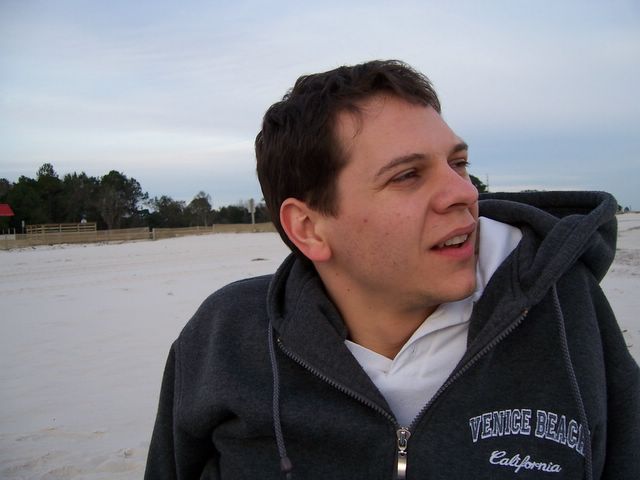We awoke to what looked like a pretty nice day in Rotterdam, but we have learned from our time here that the weather really can change quickly. During the forty or so minutes of our breakfast, clouds rolled in and it started to rain. The heavy rains started falling just as we began our walk to the city. We parted ways after crossing the Maas River, Roxi continuing on to the conference while I hurried to catch a train to The Hague. I arrived in time for a train but the ticket machines were not it the usual place at the Rotterdan Blaak station, so in the time it took me to locate them, my train left. Fortunately, the next train was only about thirty minutes later, so my wait wasn't long.
As another illustration of the quickly changing weather in Holland, by the time my train left the underground station, the sun was shining brightly. In fact, in the entire thirty minute train ride to The Hague, there was barely a cloud in the sky. I arrived at Den Haag Centraal at about 11:30 AM and immediately caught a tram heading for Scheveningen, the famous seaside district of the city. I was determined to get back to Rotterdam shortly after the conference ended so, I set a time limit for myself to admire the beach. I took a short walk along the shore before retracing my steps back to Rotterdam. I'm very glad that I made the quick trip so that I could have the experience of seeing a Dutch beach.

Scheveningen Beach and the North Sea

Scheveningen Beach

Scheveningen Pier

Kurhaus
My trip back to Rotterdam was uneventful and I was able to rendezvous with Roxi at the restaurant in the Golden Tulip Hotel. We decided to have lunch before starting our return journey to Enschede. Always one to try local cuisine, I ordered the kapsalon which was listed as a traditional Rotterdam dish. The description made it sound like a big sandwich so I was very surprised to see a large scoop filled with fries, chicken, lettuce and cucumbers covered with melted cheese!

Kapsalon: Rotterdam's version of the KFC Famous Bowl.
After lunch, we walked back to Cherrycake & Chocolate for the last time and had a wonderful afternoon tea with the owner. After being suitable stuffed with kapsalon and cake, we gathered up our things and made the short walk back to the train station. On our way we had time get some pictures of one more architectural marvel before leaving Rotterdam: Kubuswonig (Cubic Houses).

Kubuswonig (Cubic Houses)

Kubuswonig (Cubic Houses)

Kubuswonig (Cubic Houses)

Kubuswonig (Cubic Houses)

















































